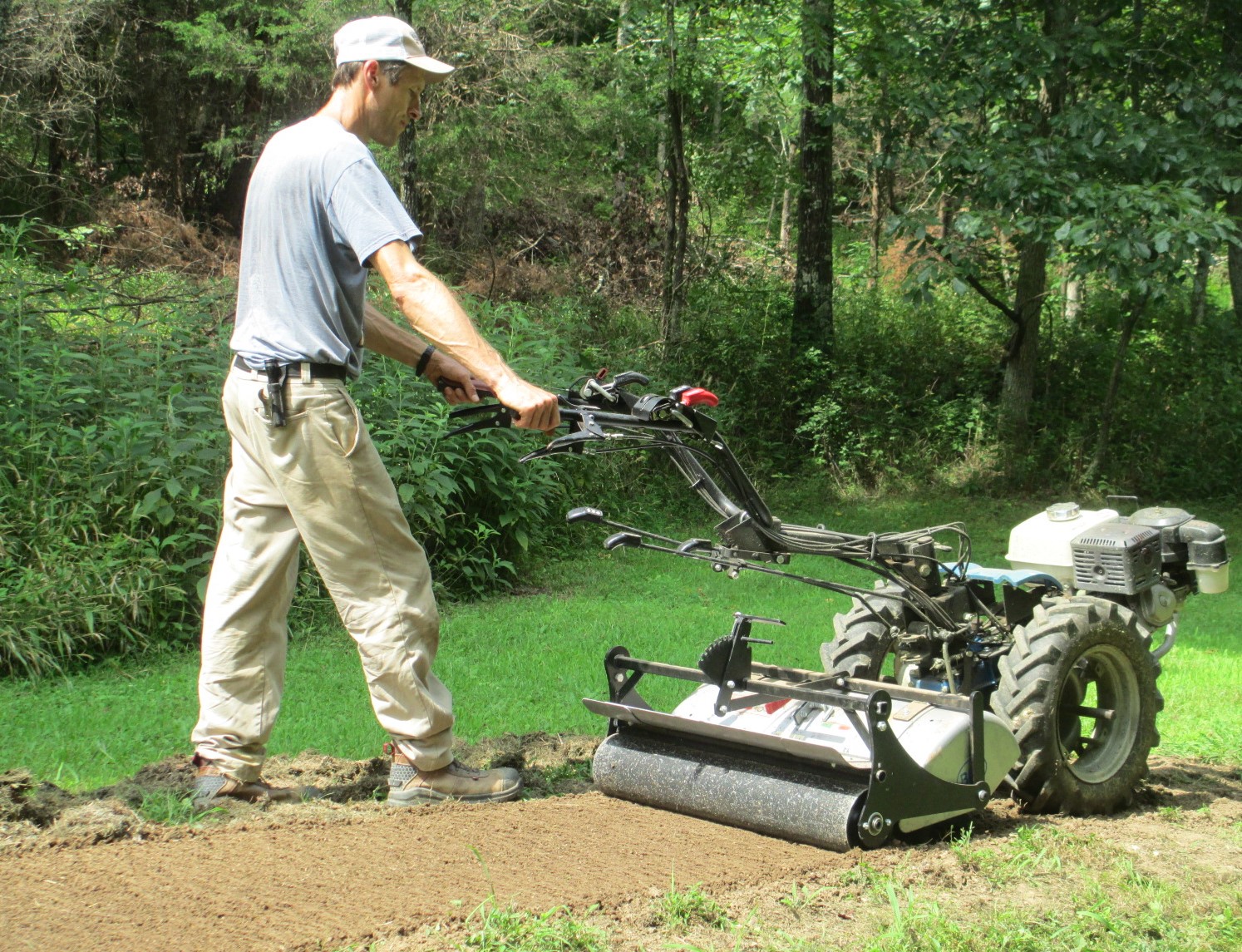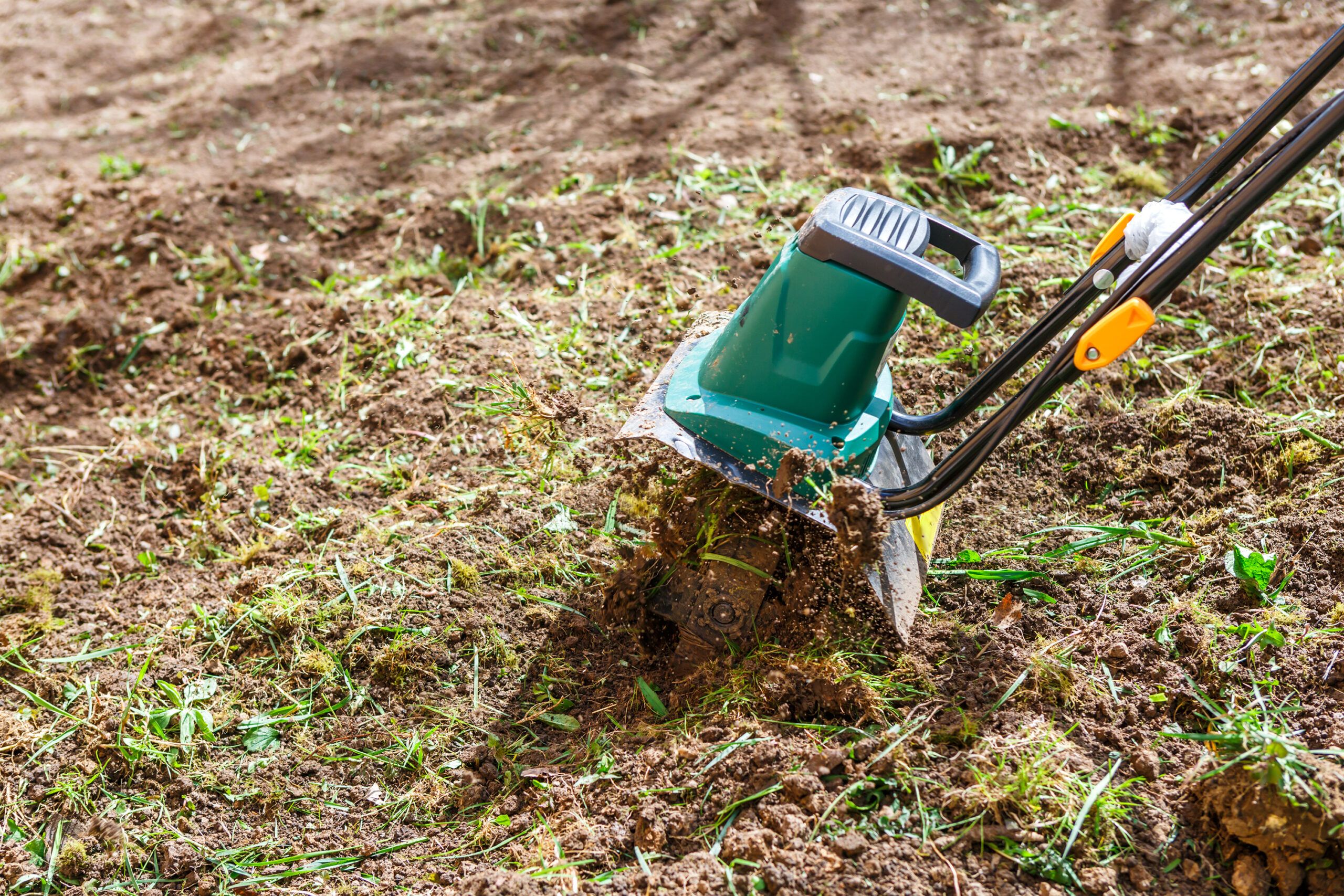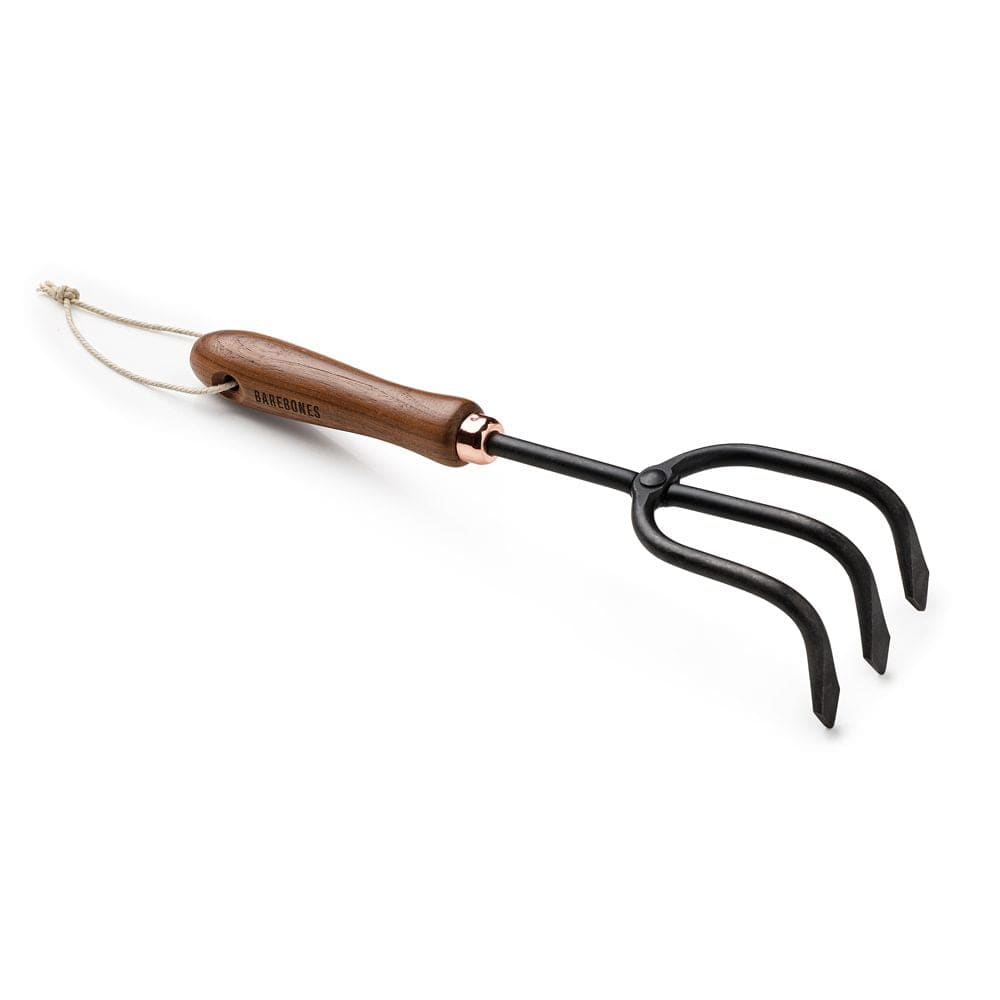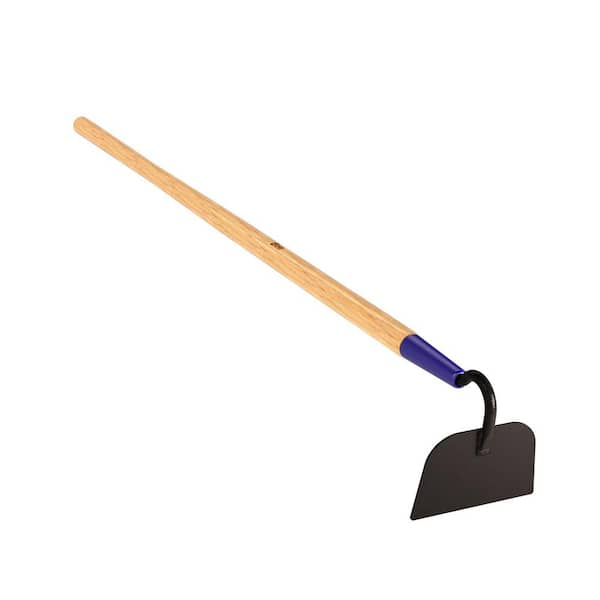How To Use A Tiller Tool To Improve Your Productivity In Minutes Or Less
Introduction
Do you feel like you're always running behind? Like there's never enough time in the day to get everything done? If so, you're not alone. In today's fast-paced world, it can be hard to stay on top of everything.
But there is one tool that can help you improve your productivity in minutes or less: a tiller tool.
A tiller tool is a software application that helps you automate repetitive tasks. This can free up your time so you can focus on the things that matter most.
In this blog post, I will show you how to use a tiller tool to improve your productivity. I will also share some tips for getting the most out of this powerful tool.
What is a Tiller Tool?
A tiller tool is a software application that helps you automate repetitive tasks. This can include things like:
- Sending emails
- Updating spreadsheets
- Managing social media accounts
- Processing invoices
- And much more!
Tiller tools work by creating "workflows." A workflow is a series of steps that are automatically executed when you trigger them. For example, you could create a workflow that automatically sends an email when a new lead is generated.
How to Use a Tiller Tool
To use a tiller tool, you first need to create an account. Once you have an account, you can start creating workflows.
To create a workflow, you will need to:
- Give the workflow a name.
- Select the trigger for the workflow. This could be something like "new lead generated" or "new order placed."
- Add the steps that you want the workflow to execute.
- Save the workflow.
Once you have saved a workflow, it will be executed automatically when the trigger is met.
Tips for Using a Tiller Tool
Here are a few tips for getting the most out of a tiller tool:
- Start small. Don't try to automate everything all at once. Start by automating a few simple tasks and then gradually add more as you get more comfortable with the tool.
- Be specific. When you are creating workflows, be as specific as possible. The more specific you are, the more accurate your workflows will be.
- Use conditional logic. Conditional logic allows you to create workflows that only execute if certain conditions are met. This can be useful for things like sending different emails based on the lead's location or the product they purchased.
- Use variables. Variables allow you to store data that can be used in your workflows. This can be useful for things like storing the lead's name or the product's price.
Conclusion
A tiller tool is a powerful tool that can help you improve your productivity in minutes or less. By automating repetitive tasks, you can free up your time so you can focus on the things that matter most.
If you're looking for a way to get more done in less time, I encourage you to try a tiller tool. You won't be disappointed.
If you are looking for more information about tiller tools, I recommend visiting Home Gardening. This website has a wealth of information on different types of tiller tools, as well as tips on how to choose the right one for your needs.
FAQ of tiller tool
- What is a tiller tool?
A tiller tool is a garden tool used to break up hard ground and prepare the garden bed for planting. It has a rotating blade that turns the soil, making it easier for plants to grow.
- Why is a tiller tool used?
Tiller tools are used to prepare the soil for planting by breaking up hard ground, mixing in organic matter, and aerating the soil. This makes it easier for water and nutrients to reach the roots of plants, which helps them to grow better.
- What are the different types of tiller tools?
There are two main types of tiller tools: hand-powered tillers and power tillers. Hand-powered tillers are small and lightweight, making them easy to use for small gardens. Power tillers are larger and more powerful, making them better suited for larger gardens.
- How do you use a tiller tool?
To use a tiller tool, you first need to attach it to a handle. Then, you simply walk behind the tiller and push it forward. The rotating blade will turn the soil as you walk.
- What are some safety tips for using a tiller tool?
When using a tiller tool, it is important to follow these safety tips:
* Always wear safety glasses and gloves when using a tiller tool.
* Be aware of your surroundings and make sure there are no people or pets in the area before you start tilling.
* Do not overload the tiller tool.
* Stop using the tiller tool if it starts to vibrate or make strange noises.










Post a Comment for "How To Use A Tiller Tool To Improve Your Productivity In Minutes Or Less"